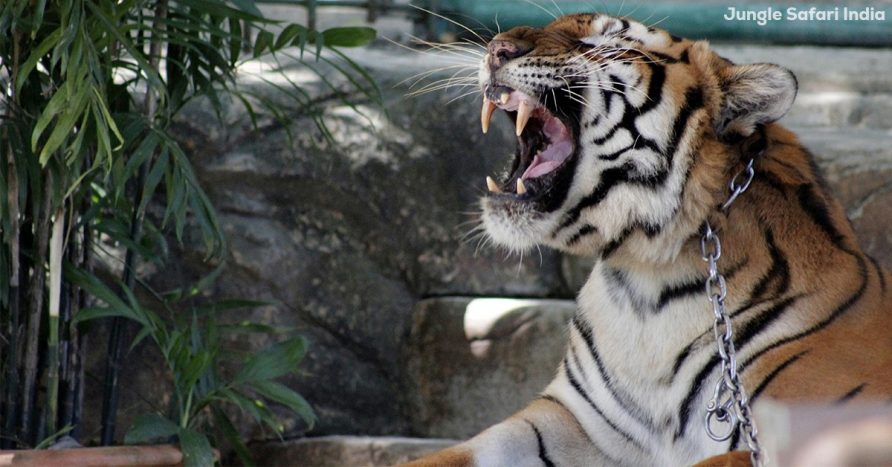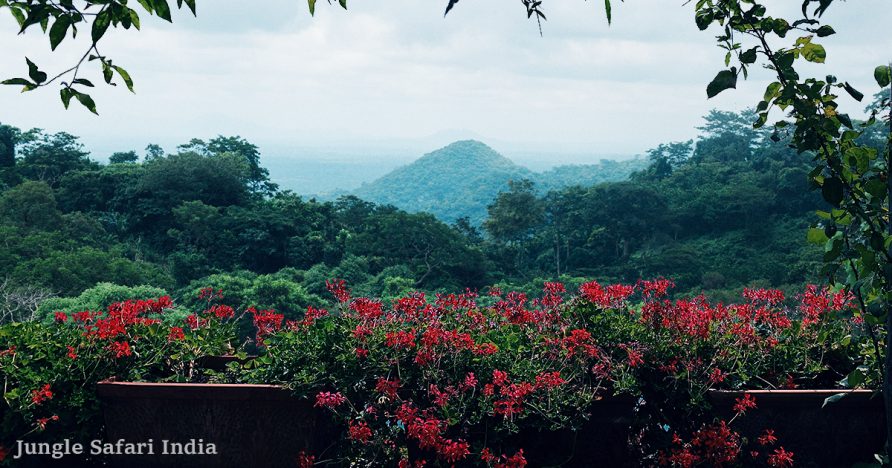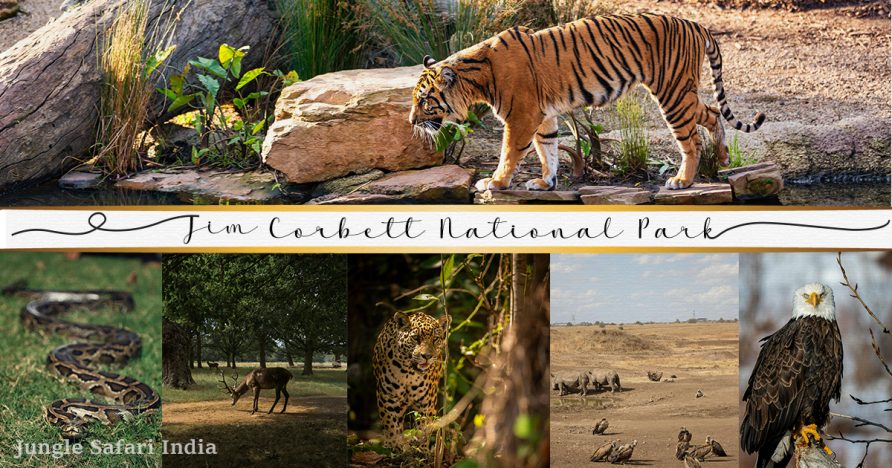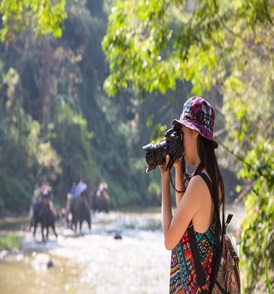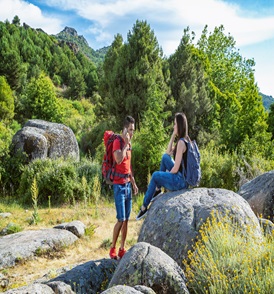Jim Corbett National Park is home to a variety of animals, also called fauna. You can find big cats like tigers and leopards, as well as elephants, deer, wild boars, and sloth bears. There are also many birds like eagles, vultures, and owls. Additionally, you might see reptiles such as pythons and crocodiles. This park is famous for its diverse wildlife.
Birds of Jim Corbett National Park
Jim Corbett is home to over 600 species of birds. You can see majestic birds like Crested Serpent eagles, vultures, and 18 kinds of owls soaring in the sky. There are also colorful birds like kingfishers, parakeets, and peacocks. Some rare birds like the great hornbill and the Pallas’s fish eagle also call Jim Corbett home. Other birds you can spot here are Cormorants, Darters, Grey Herons, Egrets, Cattle Egret, White or Rosy Pelicans, Greylag Geese, White Storks, Hawk-Eagles, Peregrine Falcon, Jungle Nightjar, Stone Curlew, Green Pigeons, Parakeets, Cuckoos, Doves, Bea-eaters, Rollers, the Hoopoe, Crested Swifts, the Dusky Crag Martin and Wire-tailed Swallow with many more.
Mammals of Jim Corbett National Park
There are many mammals in Jim Corbett, including some big ones like tigers, leopards, and elephants. You can also find smaller mammals like spotted deer, sambar deer, barking deer, wild boar, and monkeys. Sloth bears and Himalayan black bears are also seen in the park. Jim Corbett is famous for its tiger population, and it’s one of the best places in India to see these magnificent animals. Other animals found in the park are Indian Pangolins, yellow-throated Martens, Indian Gray Mongoose, Common Otters, Jungle Cats, Fishing Cats, Himalayan Goral, Himalayan Tahr, Rhesus Macaques, Langurs, Indian Porcupines, Hog Badgers, Indian Foxes, Jackals, Civets, Bats (various species), Himalayan Palm Civets, Red Giant Flying Squirrels, Himalayan Yellow-throated Martens, and Indian Hares.
Reptiles of Jim Corbett National Park
Jim Corbett is home to a variety of reptiles, including snakes like pythons, Turtles, cobras, and vipers. You can also find crocodiles and gharials, Muggers in the rivers and lakes of the park. Lizards like monitor lizards and geckos are also found in the area.
Insects of Jim Corbett National Park
There are countless insects in Jim Corbett, from tiny ants to colorful butterflies. You can also find beetles, grasshoppers, and dragonflies buzzing around. The park is home to many species of insects like Moths, bees, wasps, termites, and flies that play important roles in the ecosystem, like pollinating flowers and breaking down dead plants and animals. These are just a few examples of the many insects that call Jim Corbett National Park their home
Overall, Jim Corbett National Park is a haven for wildlife enthusiasts, offering a chance to see a wide variety of animals in their natural habitat. Reserve a Jim Corbett tour package to experience this diverse range of fauna.
Published by Sanskriti Goyal

